Home » All Display Modules » PMOLED Display Module
PMOLED display modules is a self-emissive display module. They achieve a thinner profile and lower power consumption compared to conventional LCDs. HUA XIAN JING manufactures PMOLED modules ranging from 0.42″ – 1.54″, offering resolutions of 64×32, 96×16, 128×32, and 128×64, with display colors available in yellow, white, and blue.


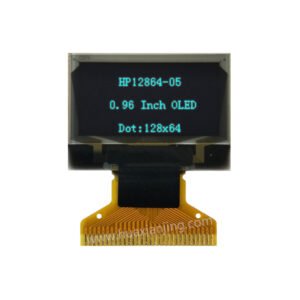
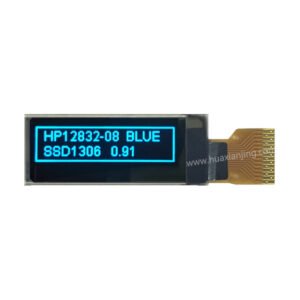

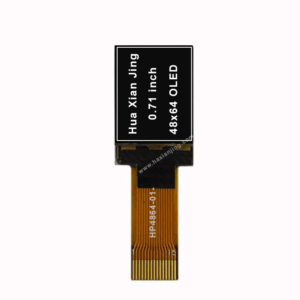



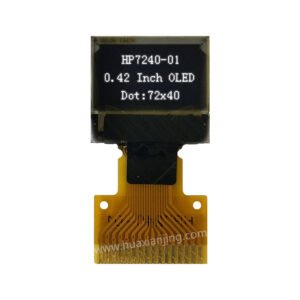
Hua Xian Jing is a manufacturer specializing in small and medium size LCD module, our product size ranges from 0.32 inch – 10.11 inch, and provide ODM/OEM service. Our factory specializes in B2B services, including factories, LCD suppliers, etc. We only provide wholesale service.
Contact us for specific MOQ.

Just tell us what you want, we can select the product that meets your requirements from 10000+ standard products.
Based on 14 years of experience, our engineers have designed and generated a large number of PMOLED module prototypes for our customers, when you tell us your product and requirements, we can quickly design PMOLED module prototypes for you.
The maximum time for our engineers to design the prototype is less than 7 days!

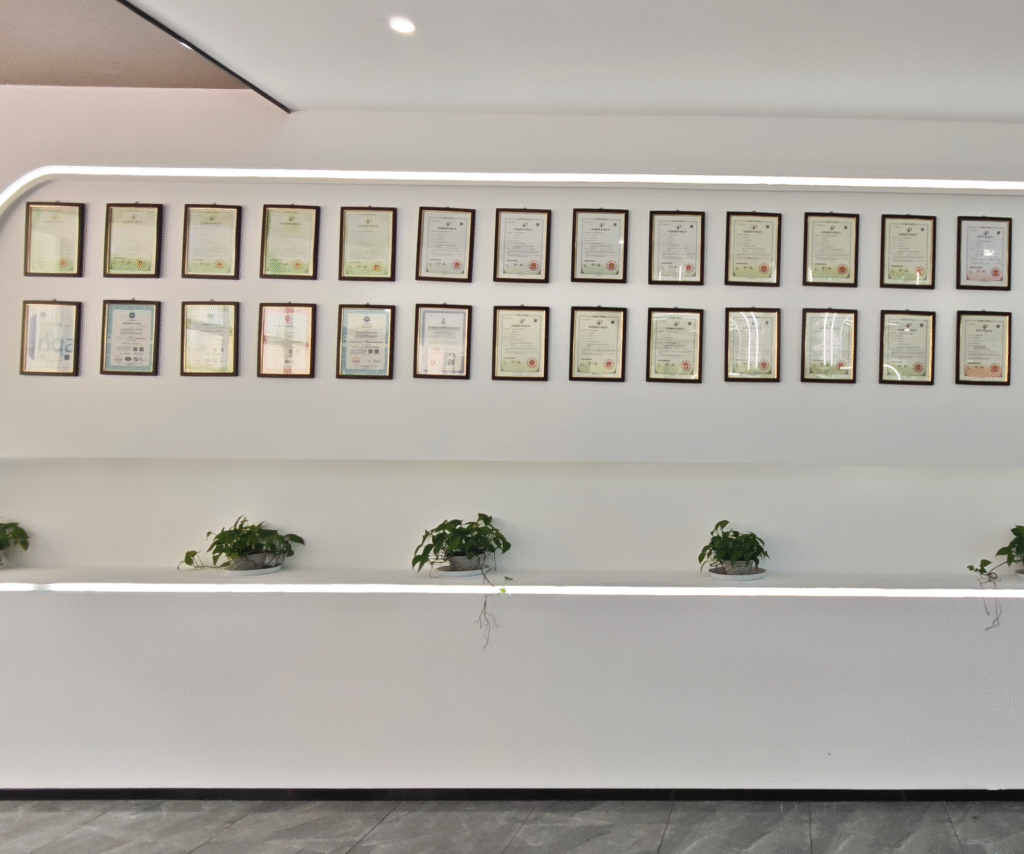
Our products have passed ISO 9001 quality certification and IATF16909 certification for automotive assemblies. If your product is in a special industry (eg: medical, aerospace, marine) that requires established industry certification, we will be able to apply for certification for your product.
We provide professional after-sales service. You don’t need to worry about the docking problem of PMOLED module and your product, we can communicate with your engineers directly to solve the technical problems quickly.

Our PMOLED modules range from 0.32″ to 1.54″. They are available in yellow, blue, and white display colors.
Absolutely! We can customize the FPC layout and pin configuration. And, we also provide custom PCB to improve the module’s durability.
It depends on the specific model, but usually, the MOQ is no less than 200 units.
You can customize the shape, size, driver IC, communication interface, and pin configuration — basically everything you need.
Yes, we are! HUA XIAN JING is ISO 9001 certified, and our LCD modules also meet IATF 16949 automotive and IEC 60601 medical certifications.
Full-color PMOLEDs give better visuals but cost more, while monochrome PMOLEDs use less power and are cheaper. Just so you know, we only offer monochrome PMOLED modules, not full-color ones.
Absolutely! As long as you meet our MOQ, we’ll design PMOLED module prototypes for you at no extra cost.
Just contact your sales, and they’ll connect you with our engineers who can help you out.
Just reach out to your sales contact, and they’ll hook you up with our expert technical support team.
Yes. Standard PMOLED modules operate between -40°C and 70°C. If you need an even wider range(-40°C – 80°C), we can develop a customized solution.

Many pulse oximeters use PMOLED displays due to their ultra-thin design and energy efficiency. These devices typically require minimal display content (e.g., SpO2 levels, heart rate), making PMOLEDs an ideal choice.
Key Advantages:
PMOLEDs strike the perfect balance between performance and reliability for compact medical tools.
PMOLED modules outperform COG LCDs with:
Limitations:
Perfect for oximeters, sensors, or devices requiring crisp basic displays.
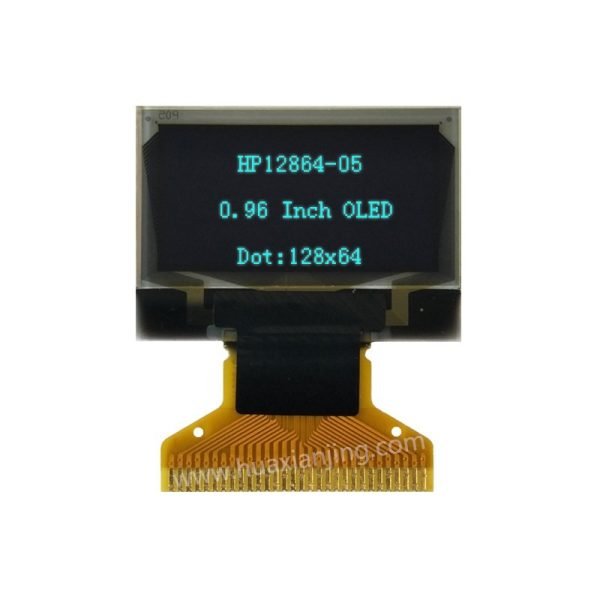

PMOLED displays are increasingly adopted in modern washing machines due to their space-saving design and clear visibility.
Why PMOLED Works for Washing Machines:
PMOLED displays enhance modern AC units by delivering durable performance in temperature-controlled environments.
Key Advantages for AC Systems:
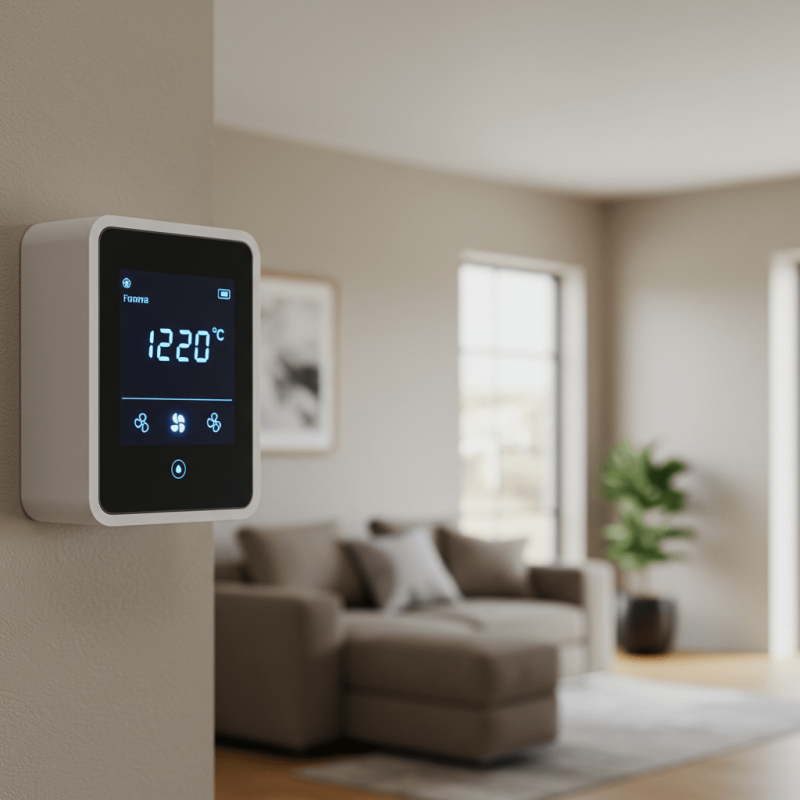
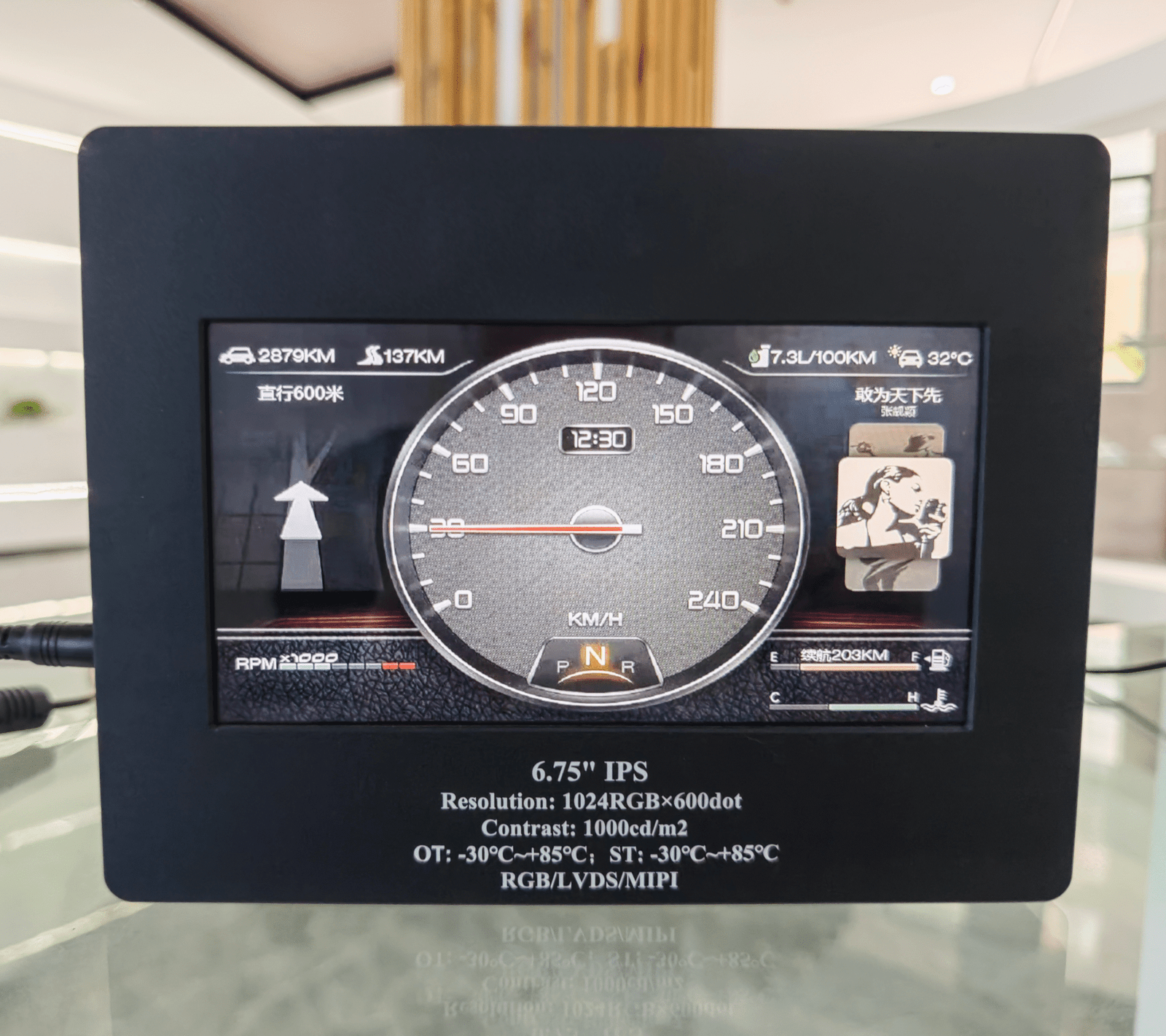
In our 13 years of experience in LCD ODM/OEM services, there are few such cases. Enterprises often suffer from the discontinuation of raw materials for LCD, and Hua Xian Jing is the source manufacturer of LCD, we can also quickly find a replacement in the face of raw material discontinuation.
For the replacement of existing LCD products, we need you to provide at least one of the following information:
Note: Whether you are replacing an existing LCD or customizing a new LCD module, you will need to meet our minimum order quantity.

According to lab data, the Mean Time Between Failure (MTBF) of HUA XIAN JING LCD modules is 50,000 – 70,000 hours, which is about 5.4 – 8 years. However, the life expectancy of a TFT LCD is usually affected by temperature, usage environment, and human damage. Of course, we do offer a 1-year warranty to protect the quality of our products.
HUA XIAN JING accelerates client innovation through free design prototype LCD module and backward-compatible upgrades for obsolete displays, backed by round-the-clock engineering support.


Download our comprehensive catalog to explore 10,000+ LCD module options in detail:
0.42-10.11 inch TFT LCD
16×2-320×240 COB LCD
8×2-320×240 COG LCD